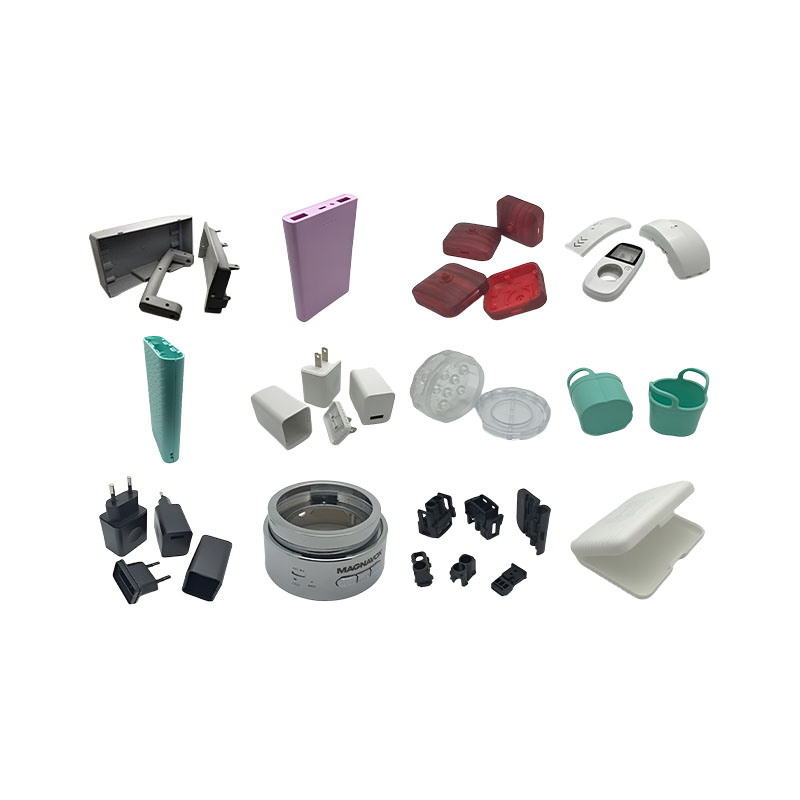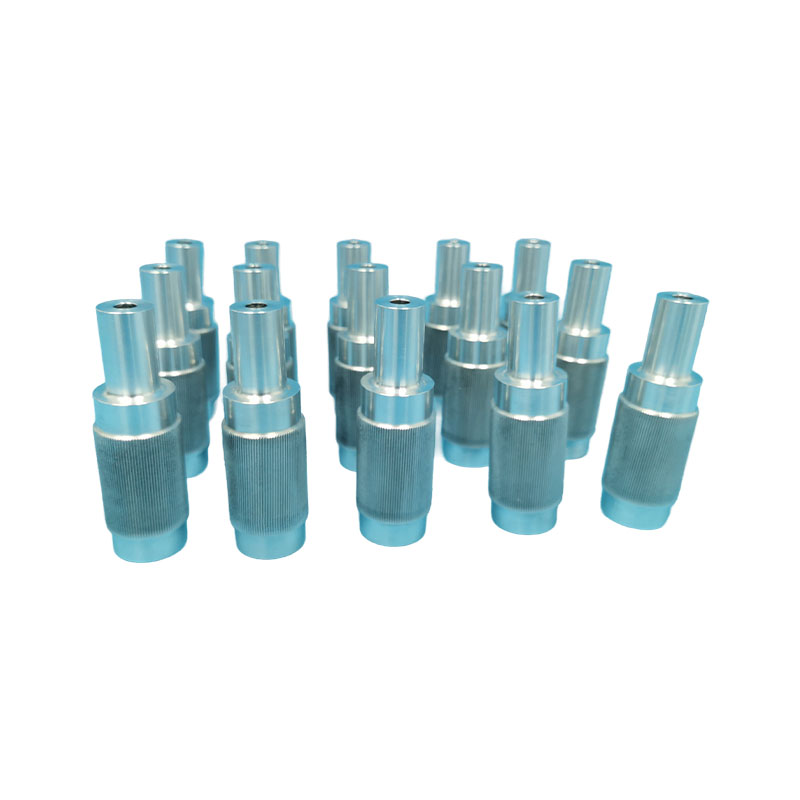How can chip breaking design be used to improve chip removal smoothness in stainless steel CNC turning?
Release Time : 2025-11-06
In stainless steel CNC turning, the rationality of chip breaking design directly affects chip evacuation smoothness, thus determining machining efficiency and surface quality. Stainless steel has high toughness and poor thermal conductivity, easily forming long, thin chips during cutting. If chip breaking is ineffective, chips may entangle the tool or workpiece, causing surface scratches, accelerated tool wear, and even safety accidents. Therefore, a comprehensive design considering tool geometry, cutting parameters optimization, and auxiliary chip breaking measures is necessary to achieve efficient chip evacuation.
Tool geometry is the core of chip breaking design. The rake angle, principal cutting edge angle, inclination angle, and the shape and size of the chip breaker groove collectively determine chip curling and breakage behavior. An excessively large rake angle reduces cutting edge strength, while an excessively small rake angle increases cutting forces, making chip curling difficult. For stainless steel CNC turning, a smaller rake angle is typically used to enhance cutting edge rigidity, while the chip breaker groove guides the chip curling. The principal cutting edge angle affects the chip flow direction and curl radius. Increasing the principal cutting edge angle reduces the chip curl radius, making it easier to break; however, an excessively large principal cutting edge angle weakens the tool's heat dissipation capacity, requiring a balance between chip breaking effect and tool life. The rake angle controls the chip curl shape by changing the chip outflow direction. A negative rake angle directs chips towards the machined surface, facilitating chip removal, but care must be taken to avoid chip impact on the already machined surface.
The design of the chip breaker groove is crucial for improving chip breaking performance. The chip breaker groove alters the chip flow path, causing it to bend or fold at specific locations, resulting in stress concentration and breakage. Common chip breaker groove shapes include straight, arc, and full arc types. Full arc chip breaker grooves, due to their more uniform stress distribution, are suitable for machining tough materials such as stainless steel. The width, depth, and bottom radius of the chip breaker groove need to be adjusted according to material properties and cutting parameters: Too small a groove width may cause chip clogging, while too large a width weakens chip breaking ability; increasing the groove depth enhances chip curling, but excessive depth reduces tool strength; the bottom radius affects the chip curling radius and needs to be matched with cutting parameters to achieve optimal chip breaking performance.
Optimization of cutting parameters directly affects chip breaking performance. The combination of cutting speed, feed rate, and depth of cut determines the chip thickness and curling degree. Increasing the cutting speed increases the chip deformation rate, promoting chip breaking, but excessively high speeds may lead to increased chip temperature and toughness, which is detrimental to fracture. Increasing the feed rate increases chip thickness, making it easier to curl and fracture, but excessive feed rates may cause vibration, affecting machining stability. The selection of the depth of cut must consider tool strength and chip breaking requirements; a layered cutting strategy is usually adopted, gradually removing material through multiple passes to reduce heat and chip length in a single cut.
Auxiliary chip breaking measures can further improve chip evacuation smoothness. High-pressure coolant impacts the chip root, causing it to break prematurely, while simultaneously cooling the tool and workpiece to reduce thermal deformation. The coolant pressure and flow rate must be adjusted according to machining conditions to avoid poor chip breaking due to insufficient pressure or chip splashing due to excessive pressure. Furthermore, vibration cutting technology alters the stress state of the chips through periodic vibration of the tool or workpiece, causing them to break within the vibration cycle; this is particularly suitable for difficult-to-break stainless steel materials.
The choice of tool material also affects chip breaking performance. Carbide tools, due to their high hardness and wear resistance, are commonly used in stainless steel CNC turning; coated tools further improve chip breaking performance by reducing the coefficient of friction and decreasing the adhesion tendency between chips and the tool. For example, TiAlN coated tools maintain low friction characteristics even at high temperatures, making them suitable for high-speed cutting of stainless steel.
Chip breaking design in stainless steel CNC turning must balance chip breaking effectiveness with machining stability. By optimizing tool geometry, designing reasonable chip breaker grooves, adjusting cutting parameters, and adopting auxiliary chip breaking measures, chip removal smoothness can be significantly improved, tool wear and workpiece surface damage can be reduced, and ultimately, efficient and high-quality machining goals can be achieved.







